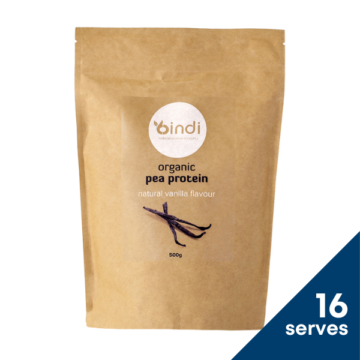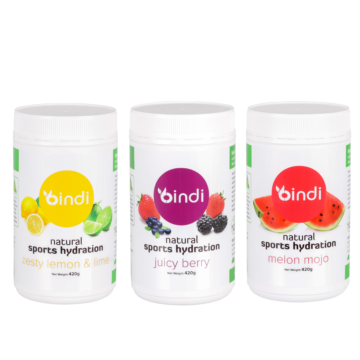Every athlete strives for an edge over the competition and the key to achieving peak performance can be through optimal nutrition. Although we have very clear nutritional guidelines for performance, we also know that in reality a personalised approach can make a significant difference to your outcome. And so as it is vital to recognise the differing nutritional requirements between sexes, this article will focus on the specific needs of male athletes to get the absolute best out of your performance.
Why is nutrition important for male athletes?
Many endurance sports, such as cycling or running, may require a higher power to weight ratio as compared to other sports. However, if an athlete is attempting to achieve this by under-fuelling or trying to take short cuts when it comes to diet, they will also see a decline in performance, along with other potential health complications.
Th effect of poor nutrition on men includes disruption to the hormonal, cardiovascular, respiratory, reproductive and digestive systems. This disruption can also increase the risk of depression, poor concentration and lower enthusiasm and motivation levels.
From puberty onwards, testosterone levels rise in men to 15-20 times that of women or children, which accounts for increased muscle mass and strength and the resultant physical advantage in athletic performance. Testosterone is vital for so many functions including muscle growth, red blood cell production, mood and memory, and bone density maintenance. Sub-par nutrition will affect negatively affect testosterone levels and therefore these vital functions for not only athletic performance but life in general.
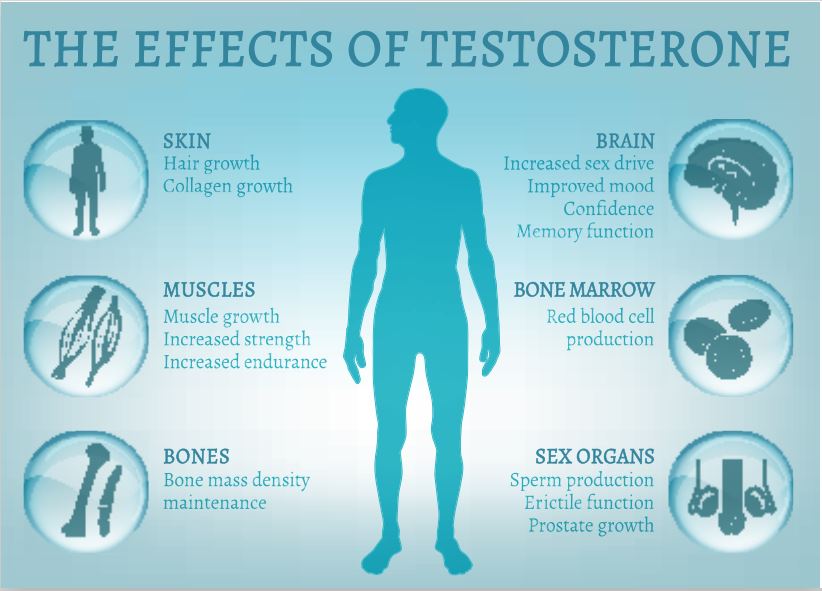
How does poor nutrition affect men physIcally?
Decreased strength, power, endurance and immunity are the most obvious effects of poor nutrition in male athletes.
Lower sex drive is also a common effect. The endocrine system, which includes the pituitary gland in the brain, is unable to function optimally and co-ordination and proprioception can be affected too. Skin and hair growth can be altered as growth hormones levels are altered.
Lower testosterone levels can lead to bone mineral density decrease, which increases the risk of bone stress injuries. Fertility may also be compromised.
Changes in behaviour are also a result of changes to hormone levels, such as lowered mood and confidence.
signs of poor nutrition in men to look out for:
- Irritability & anxiety
- Poor immunity
- Low libido
- Impatience & lack of perspective
- Low energy levels
- Poor skin
- Musculoskeletal injuries
- Less social engagement
- Sleep disruption & fatigue
- Digestive & appetite changes
- A drop in performance
- Weight loss or inability to retain muscle mass
If you find yourself ticking any of these boxes, it is time to seek advice from your coach, a dietitian, sports doctor or nutritionist, or GP.
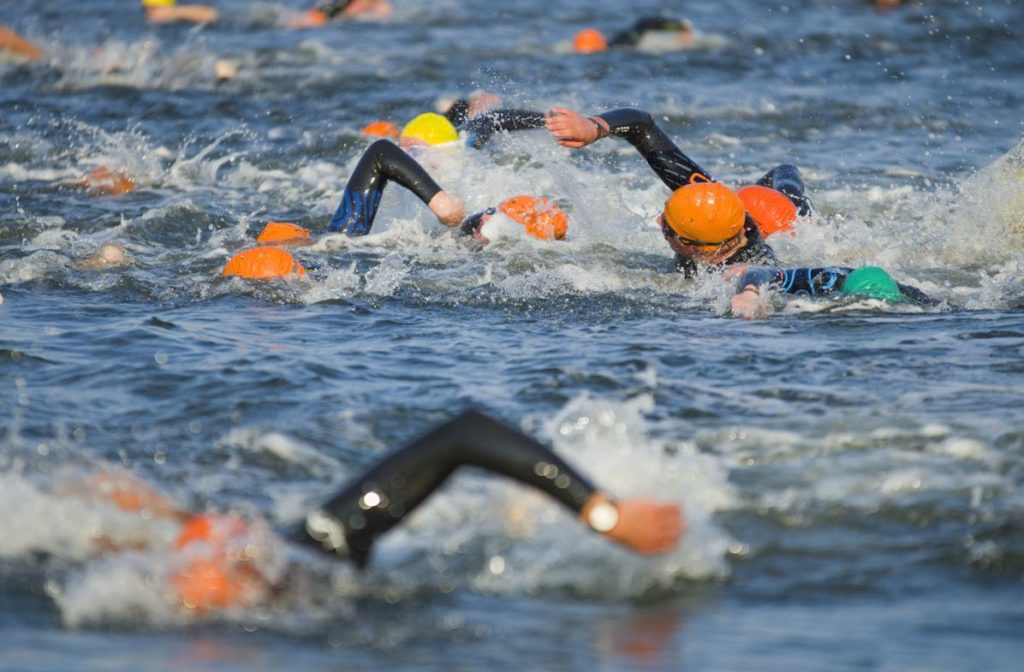
nutrition and mental health are Linked
Loss of motivation, depression, anxiety and overly strict eating patterns are all signs of sub-optimal nutrition either from a under-eating or through a poor quality diet.
Over training and poor nutrition are often linked. Over training is essentially a relative term to each athlete, as the amount of training you can sustain is relative to how well you are able to recover. Poor nutrition will impede recovery, and in turn reduce and athlete’s motivation and confidence, and a downwards spiral can begin.
“Low libido and fatigue are often signs of over training in male athletes or poor nutrition. Poor nutrition and over training go hand in hand”
breaking the cycle of poor nutrition
The first step is simply recognising that you might be experiencing some of these symptoms. The second step is making the decision to change and creating a plan for that change.
One easy step you can take is to keep a food diary for a week and include your training in it. Check whether you are eating within 30 minutes of every training session, whether you are fuelling every hour in sessions over 90 minutes, and not going for long periods without eating throughout the day. Also consider whether you are obtaining a balanced source of nutrients from your diet.
A food diary can give athletes perspective when it comes to mood, energy levels and recovery as it can help them identify what works best for them and what isn’t working so well.
Often food timing around training is just as important as energy intake, so bear this in mind too.
To give you an idea, here is an example of how an 80kg male athlete might fuel for a 4-hour session:
- Main meal 2-3 hours prior
- 60-80g carbohydrate per hour during the session
- Hydration to minimise loss of salts and water, and help with carbohydrate absorption in the gut (see below for hydration test details)
- Post training: 30g protein plus 80g carbohydrate within 30 minutes of finishing
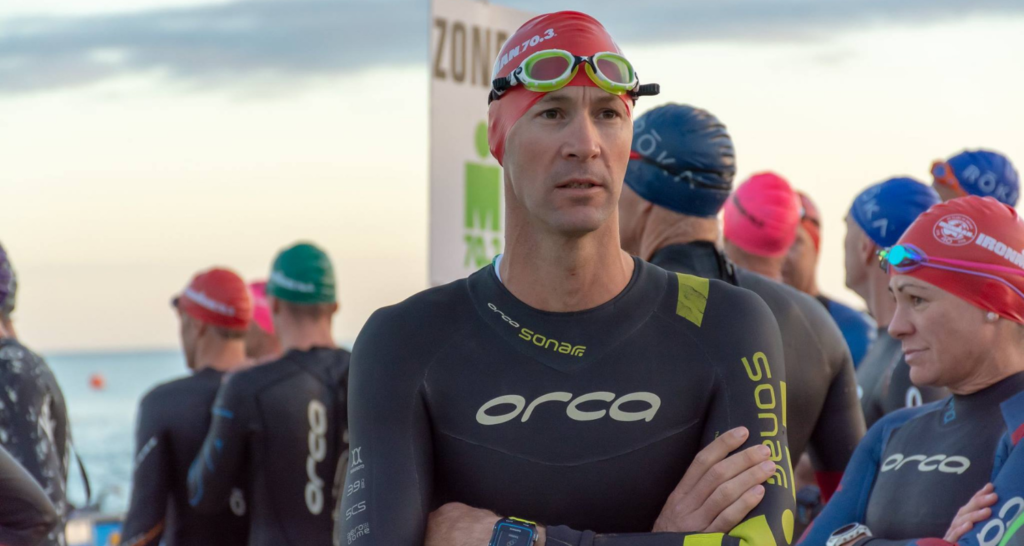
how much to hydration is required for men?
Men generally have a higher body weight than females, so they also have more water to lose through exercise. Your gut needs water to absorb carbohydrates, so it is important to drink enough during training as well as outside of training in order to utilise what you are consuming.
A sweat test is an easy way to give yourself an estimate of how much fluid you need to take on board per hour. You can calculate this by doing an hour session in your average heat and humidity, weighing yourself before and after, and subtracting any fluids you have taken on during the session from the final amount.
For example, if you have lost 0.5kg in one hour and taken on 500ml of fluid, then you likely require 1L of water or electrolytes per hour when training in those conditions. This will give you a figure to work with and whilst you’ll need to adjust this in different conditions, having a rough idea is always helpful.

What is RED-S and how is it relevant to male athletes?
The International Olympic Committee adopted the term RED-S in 2014 to refer to a deficit in energy intake relative to energy expenditure in both male and female athletes. It is no surprise that attempting to face the demands of sport in a state of deficiency leads to health problems in both the long and short term.
It was previously assumed that what was formerly known as the ‘Female Athlete Triad’ was a condition that could only apply to female athletes. However, much research has been done over the past 10 years and the effects on men’s hormones and general health can be just as great as on women’s.
“RED-S affects up to 20% of male athletes in some sports”
it’s time to speak up fellas
Sharing ideas and how you are feeling with friends, partners and professionals is always the first place to start. Sometimes as athletes we can bottle up our pain and ignore signs and symptoms of poor health, or even use sport to gloss over stress in the rest of life. However, it is only a plaster that will not last long. Getting your nutrition right will put you in the right frame of mind to achieve not only your athletic goals, but also those in the rest of life. Don’t shy away from speaking up.
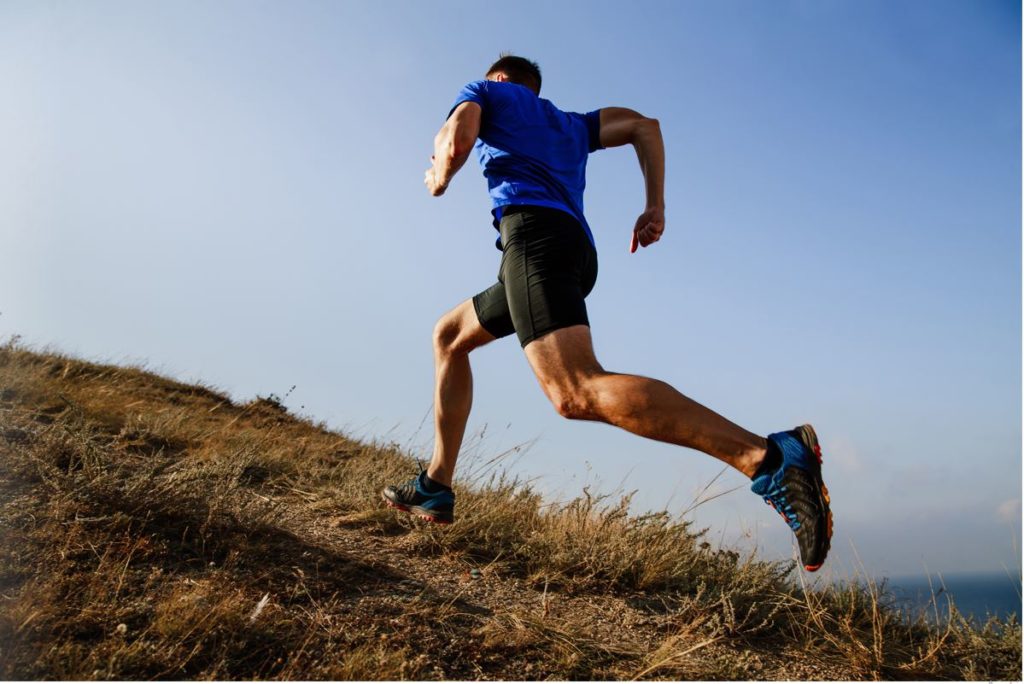
trY THESE Bindi Productsfor maintaining optimum men’s health:
ABOUT THE AUTHOR


